
-
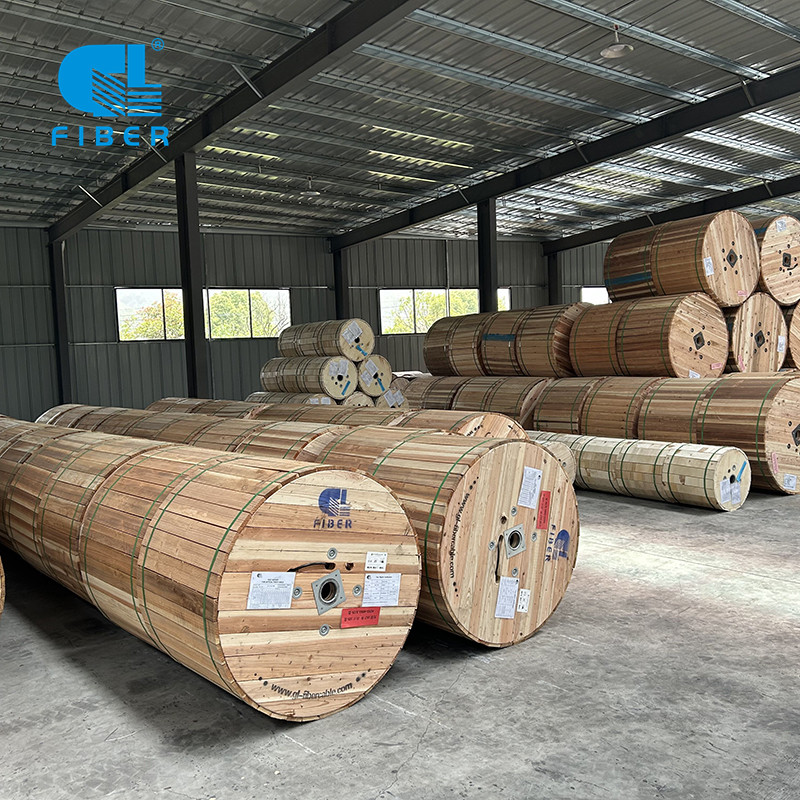
Experts Predict Surge in ADSS Fiber Optic Cable Prices Due to Global Infrastructure Projects
In recent news, industry experts are predicting a surge in ADSS fiber optic cable prices due to the increasing number of global infrastructure projects. The demand for high-speed internet and data transfer has been on the rise as more and more countries invest in improving their telecommunication...Read more -
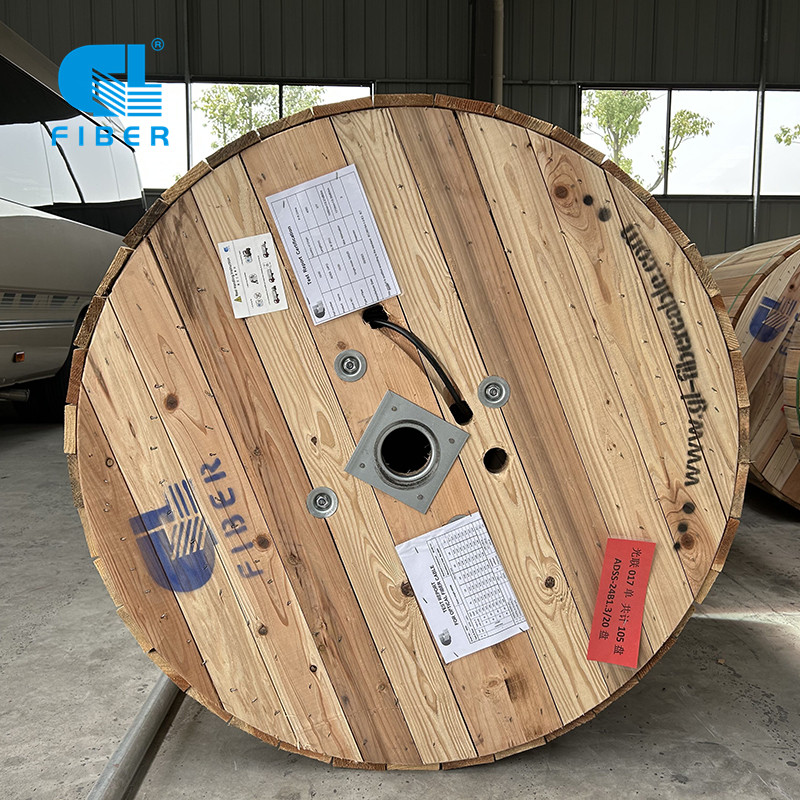
ADSS Fiber Optic Cable Prices Drop as Demand Increases for High-Speed Internet
In recent news, it has been reported that the prices of ADSS fiber optic cables have dropped as the demand for high-speed internet has increased. This is great news for consumers who have been looking for affordable options to enhance their internet speeds. Fiber optic cables have become increasi...Read more -
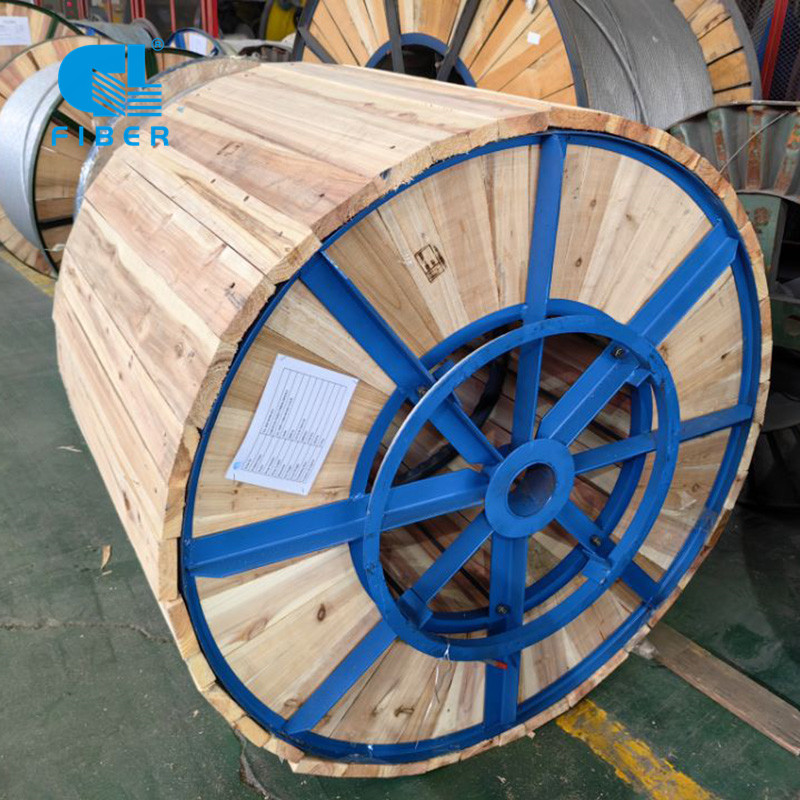
OPGW Fiber Cable Market Continues to Expand as Demand for Reliable Data Transmission Increases
In recent years, the demand for reliable data transmission has been on the rise, leading to significant growth in the OPGW fiber cable market. OPGW (Optical Ground Wire) fiber cable is a type of cable that is used in the transmission and distribution of electrical power lines, providing a secure ...Read more -
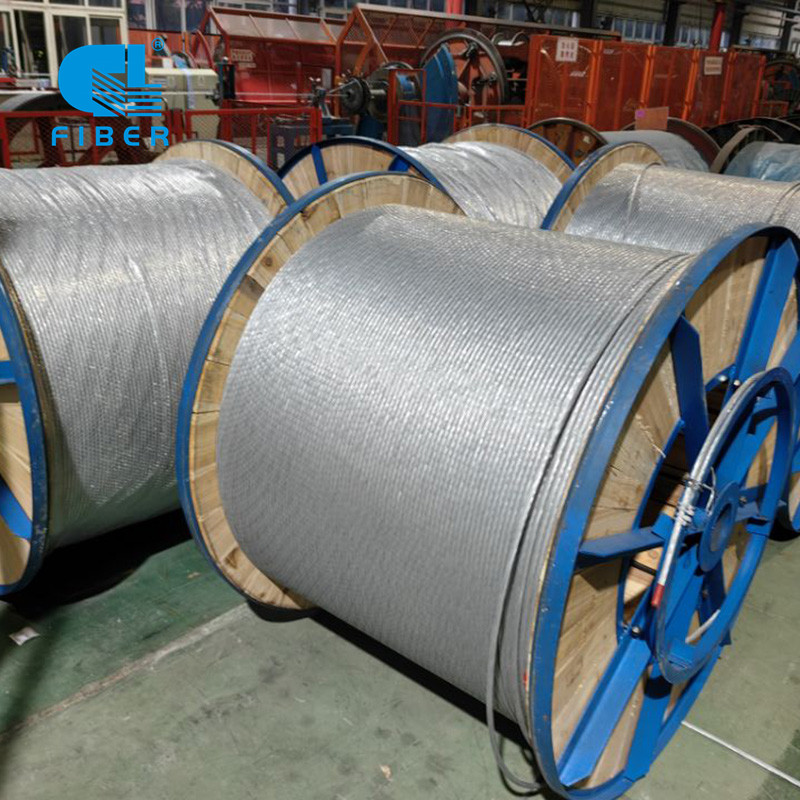
New OPGW Fiber Cable Installation Boosts Communication Infrastructure in Rural Areas
In a bid to improve communication infrastructure in rural areas, a new OPGW (Optical Ground Wire) fiber cable installation has been completed, offering faster and more reliable internet connectivity to remote communities. The project, which was spearheaded by a joint effort between the government...Read more -
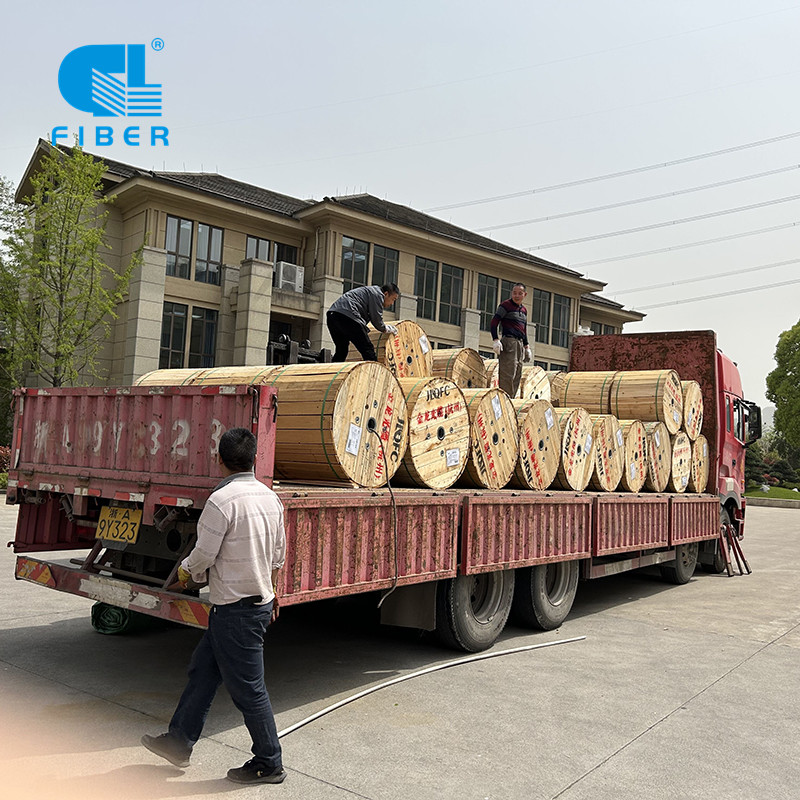
Experts Weigh in on Future ADSS Cable Price Trends in the Telecommunications Marke
Telecommunications experts have recently gathered to discuss the future price trends of All-Dielectric Self-Supporting (ADSS) cables in the industry. ADSS cables are a crucial component in telecommunication networks, providing reliable and efficient connectivity between network components. During...Read more -
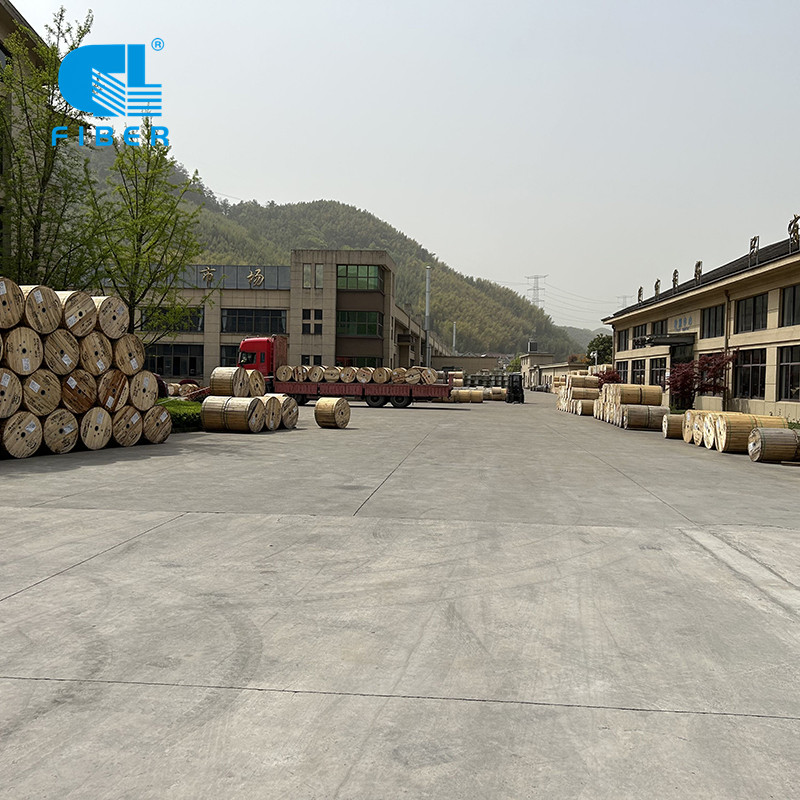
Telecom Companies Look for Alternative Suppliers Amidst Rising ADSS Cable Prices
In recent months, telecom companies have been facing a new challenge in their efforts to expand and improve their networks: rising prices for ADSS (All-Dielectric Self-Supporting) cables. These cables, which are essential for supporting and protecting fiber optic cables, have seen a sharp increas...Read more -
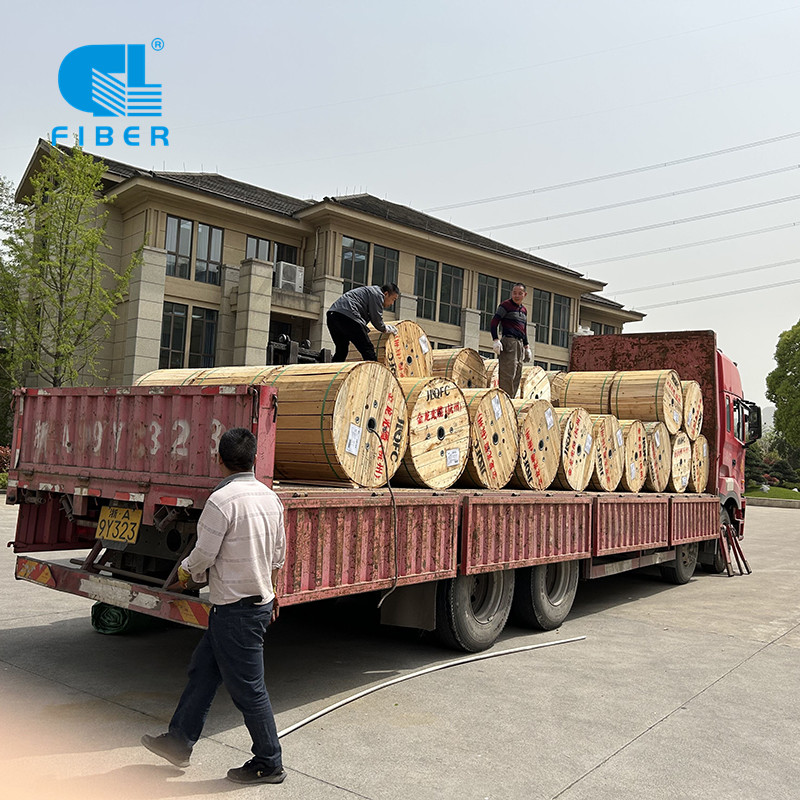
New Market Report Forecasts Increased Demand for ADSS Cables, Impacting Prices
A new market report has been released that forecasts a surge in demand for All-Dielectric Self-Supporting (ADSS) cables. The report states that the increasing adoption of fiber optic networks in various industries, such as telecommunication and energy, is the primary driving force behind this tre...Read more -
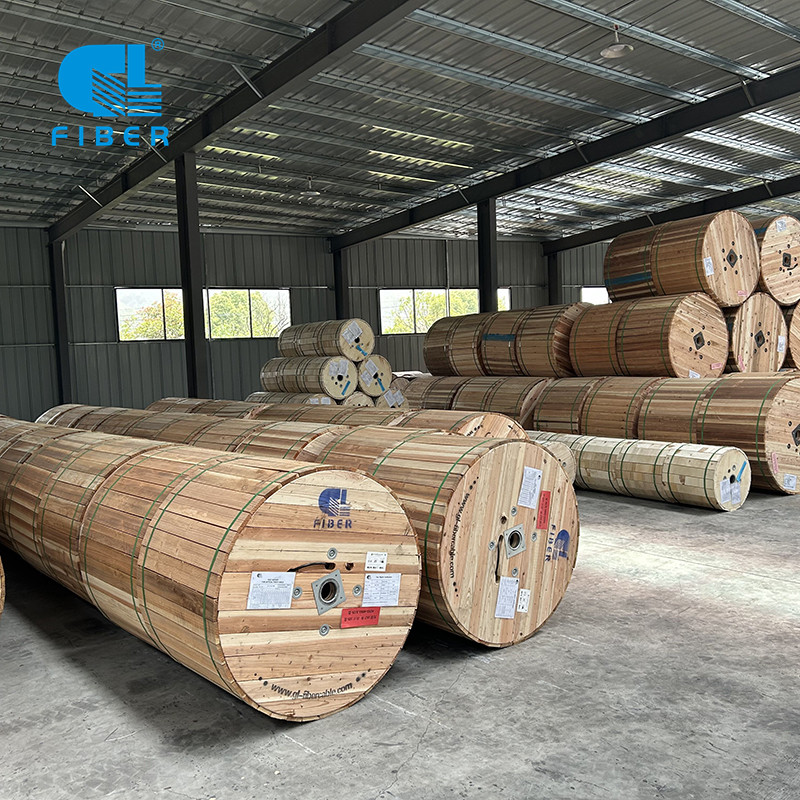
Fiber Optic Industry Leaders Discuss ADSS Cable Price Fluctuations
In a recent industry meeting, leaders of the fiber optic industry gathered to discuss the fluctuating prices of ADSS (All-Dielectric Self-Supporting) cables. The discussion centered around the reasons behind the price fluctuations and potential solutions to stabilize prices. ADSS cables are a typ...Read more -
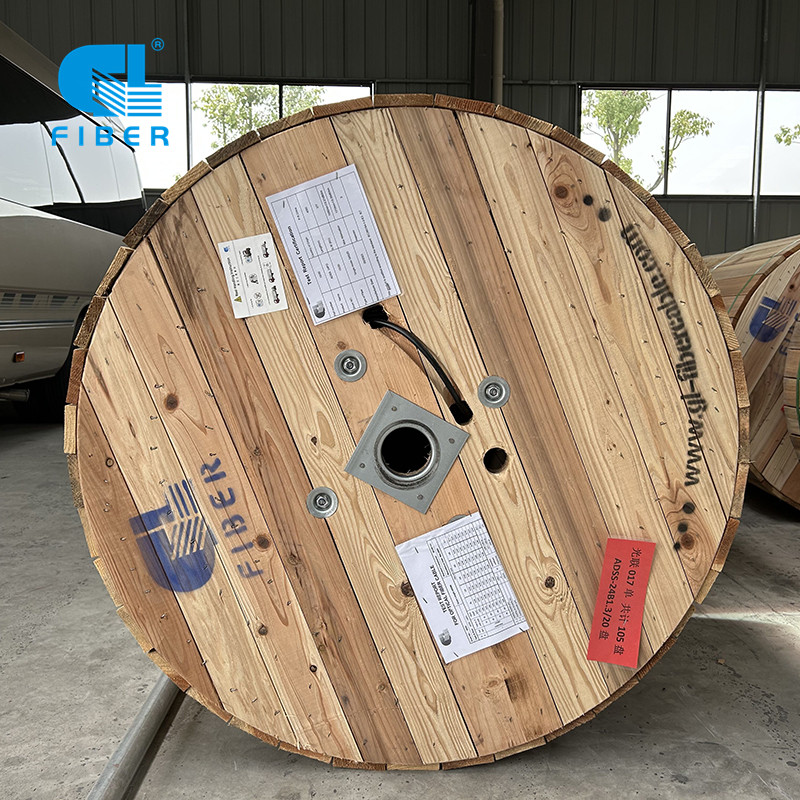
ADSS Cable Prices Expected to Rise in Q3 2023
According to industry experts, prices for ADSS (All-Dielectric Self-Supporting) cables are expected to rise in the third quarter of 2023 due to several factors. ADSS cables are used in telecommunications and power transmission networks, where they provide support and protection for fiber optic an...Read more -
Anti-rodent Fiber Optic Cables
Fiber optic cable lines are often damaged by squirrels, mice and birds, especially in mountainous areas, hills and other areas. Most of the fiber optic cables are overhead, but they are also damaged by flower squirrels, squirrels and woodpeckers. Many types of communication line failures are caus...Read more -
Why outdoor cable is cheaper than indoor cable?
Why outdoor cable cheaper than indoor cable? That is because indoor and outdoor optical cable optical cable used to reinforce the material is not the same, and outdoor cable generally used is cheaper than that of single-mode fiber, and indoor optical cable is more expensive multimode fiber, led t...Read more -
Lightning Protection Design and Installation of Optical Cable Communication Line
Combining the actual situation and implementation requirements of the optical cable communication line, find out the related lightning protection design and installation measures and use them, which is beneficial to improve the working condition of the optical cable communication line, improve it...Read more -
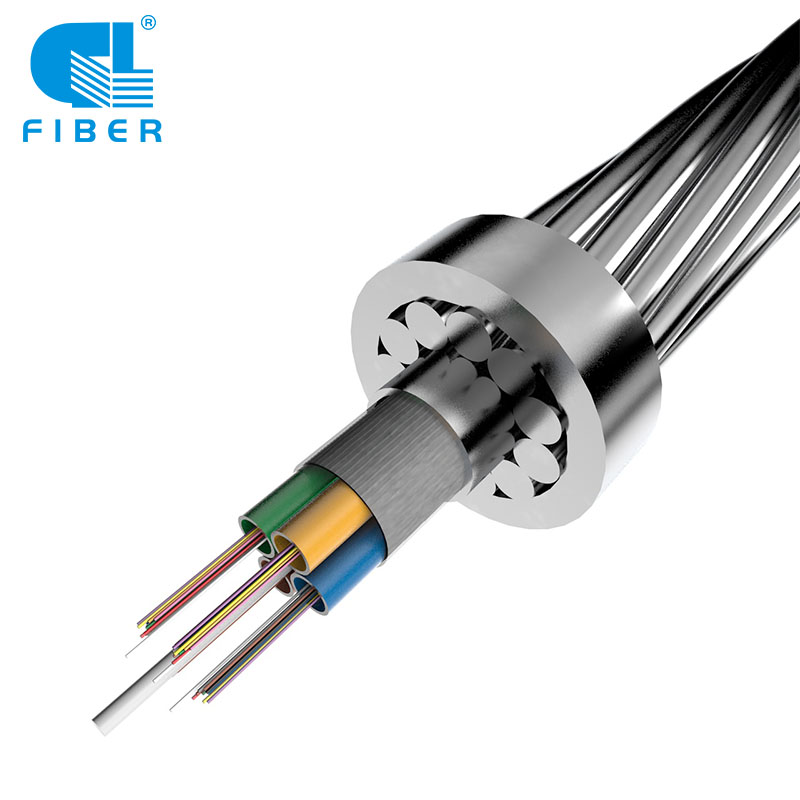
New study shows OPGW fiber cables have significant environmental impact
In a new study published today in the Journal of Environmental Science and Technology, researchers have found that the installation and use of Optical Ground Wire (OPGW) fiber cables can have a significant impact on the environment. OPGW fiber cables are often used by utility companies to transmi...Read more -
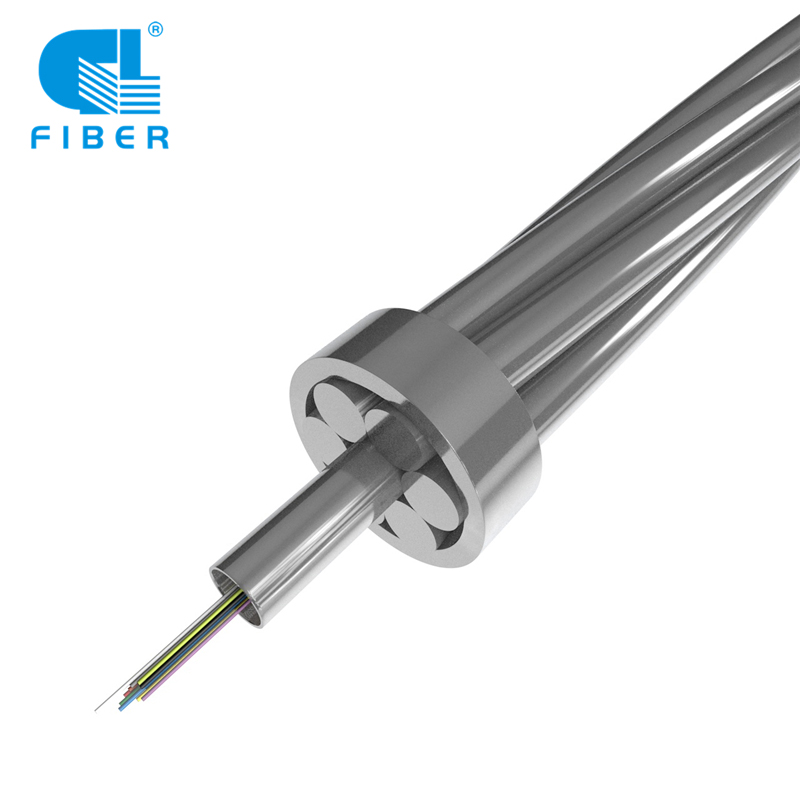
Technological Advancements in OPGW Fiber Cables
In recent years, technological advancements in optical ground wire (OPGW) fiber cables have been making waves in the telecommunications industry. OPGW fiber cables are used to provide both electrical grounding and optical fiber communication to high-voltage power lines. One of the latest advancem...Read more -
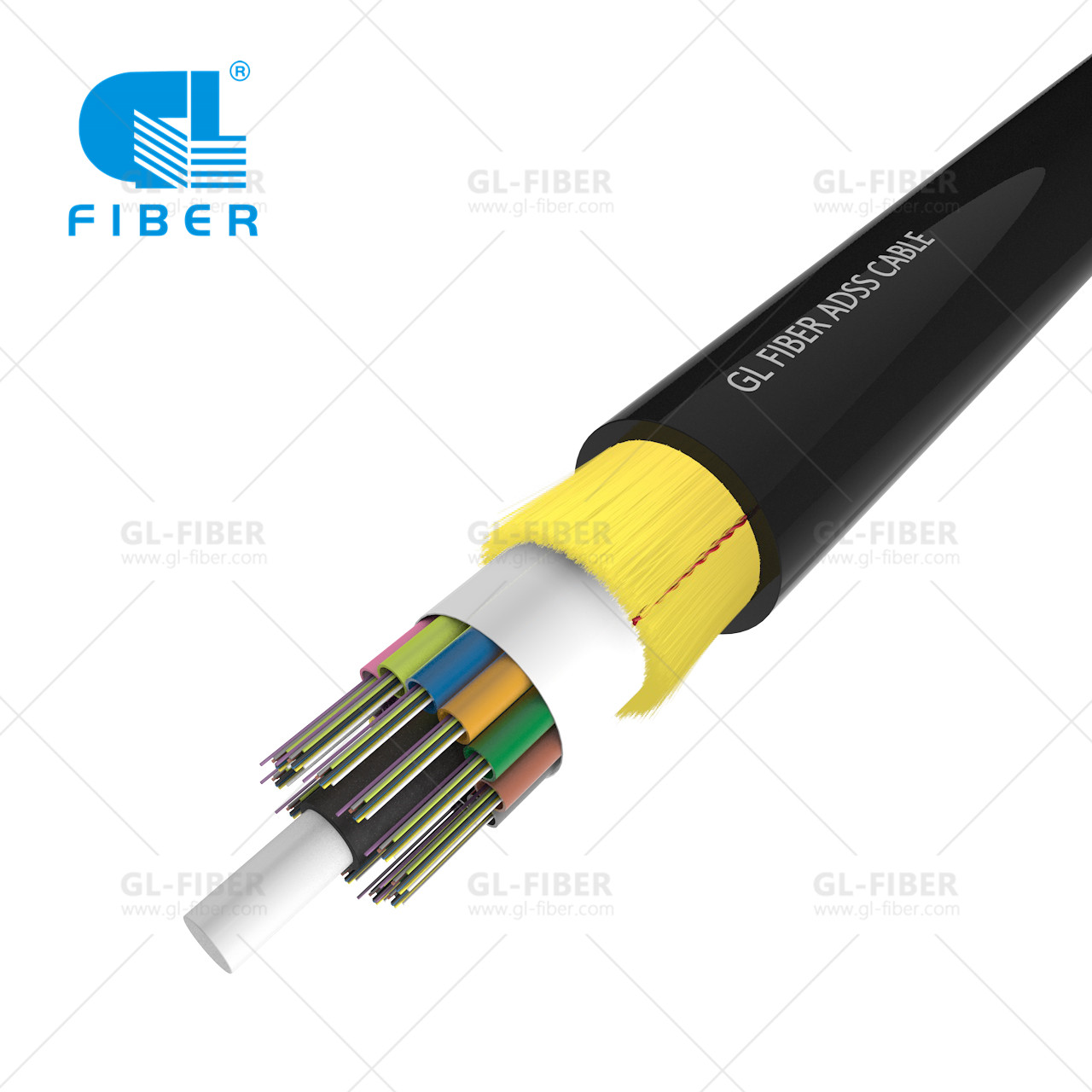
Comparing ADSS Fiber Cable to Other Types of Fiber Optic Cable
The use of fiber optic cable in telecommunications has become increasingly popular over the years, and with good reason. Fiber optic cable offers many benefits, including faster data transfer rates, greater bandwidth, and improved reliability compared to traditional copper cable. However, not all...Read more -
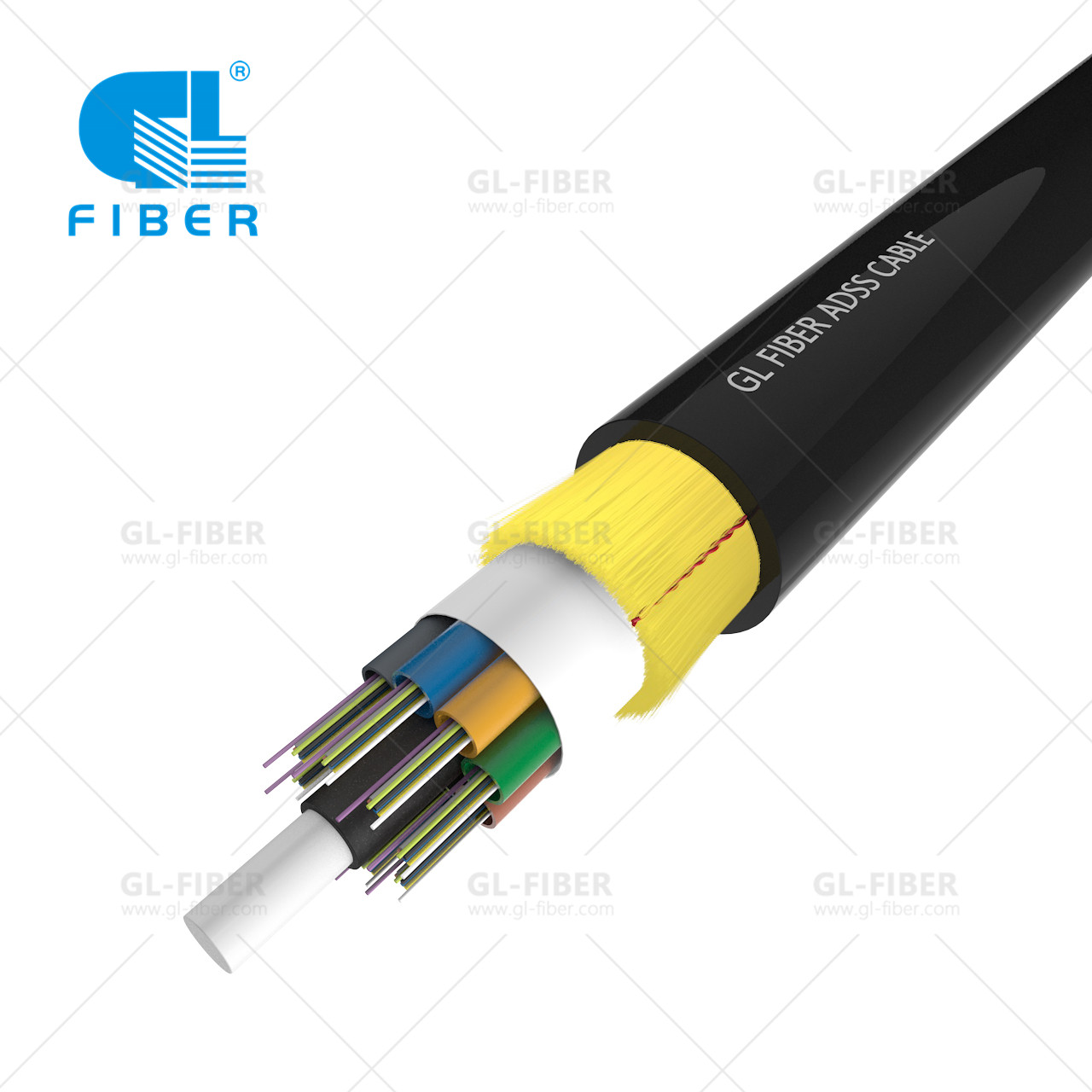
Troubleshooting Common Issues with ADSS Fiber Cable
As the world becomes increasingly reliant on high-speed internet connectivity, the use of fiber optic cables has become ubiquitous. One popular type of fiber optic cable is ADSS, or All-Dielectric Self-Supporting, which is commonly used for aerial installations. However, despite its numerous adva...Read more -
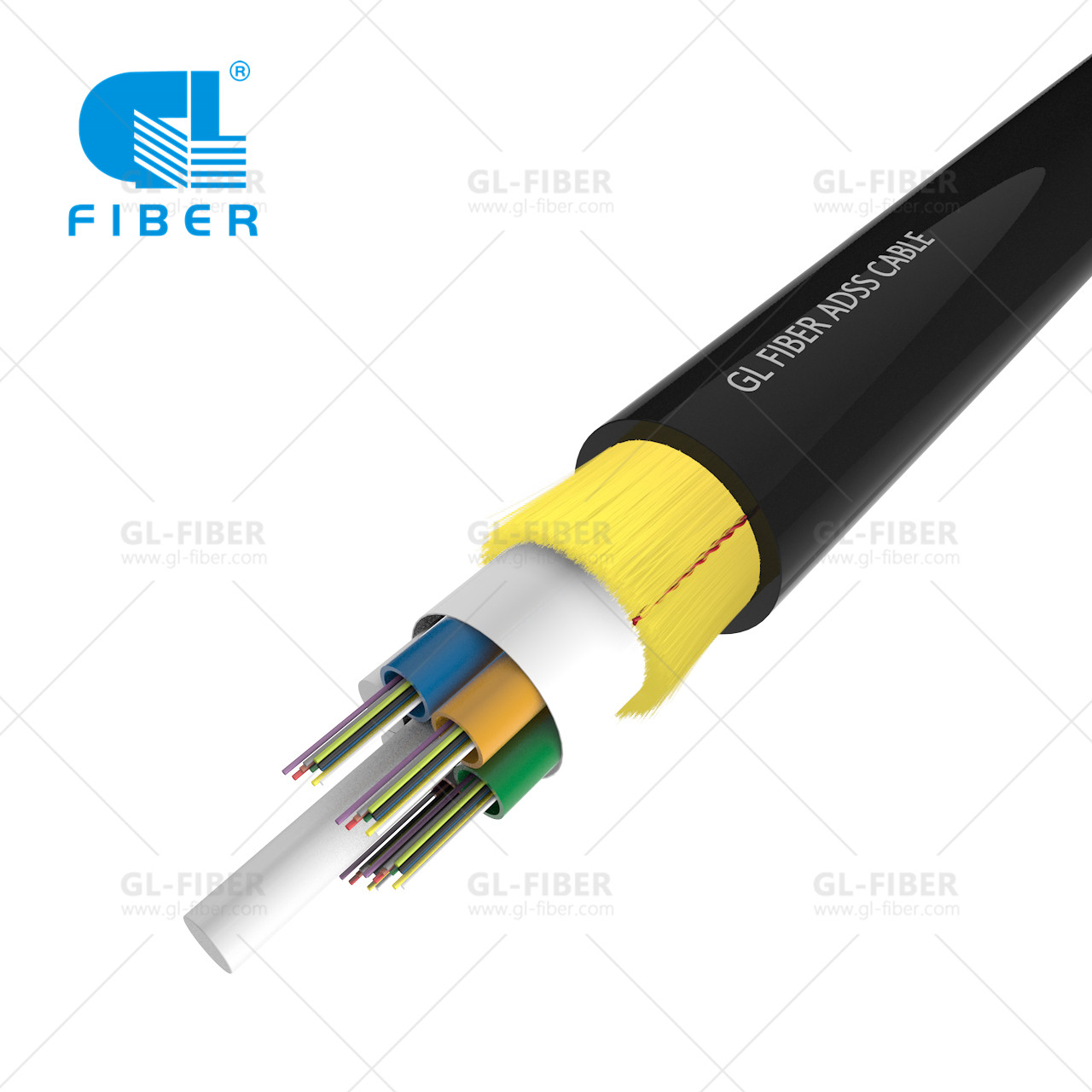
The Future of ADSS Fiber Cable: Revolutionizing High-Speed Internet Access
As the world becomes increasingly digital, high-speed internet access has become a crucial part of daily life. And as the demand for faster and more reliable internet grows, so does the need for efficient and advanced fiber optic cable systems. One such system that has been gaining popularity in ...Read more -
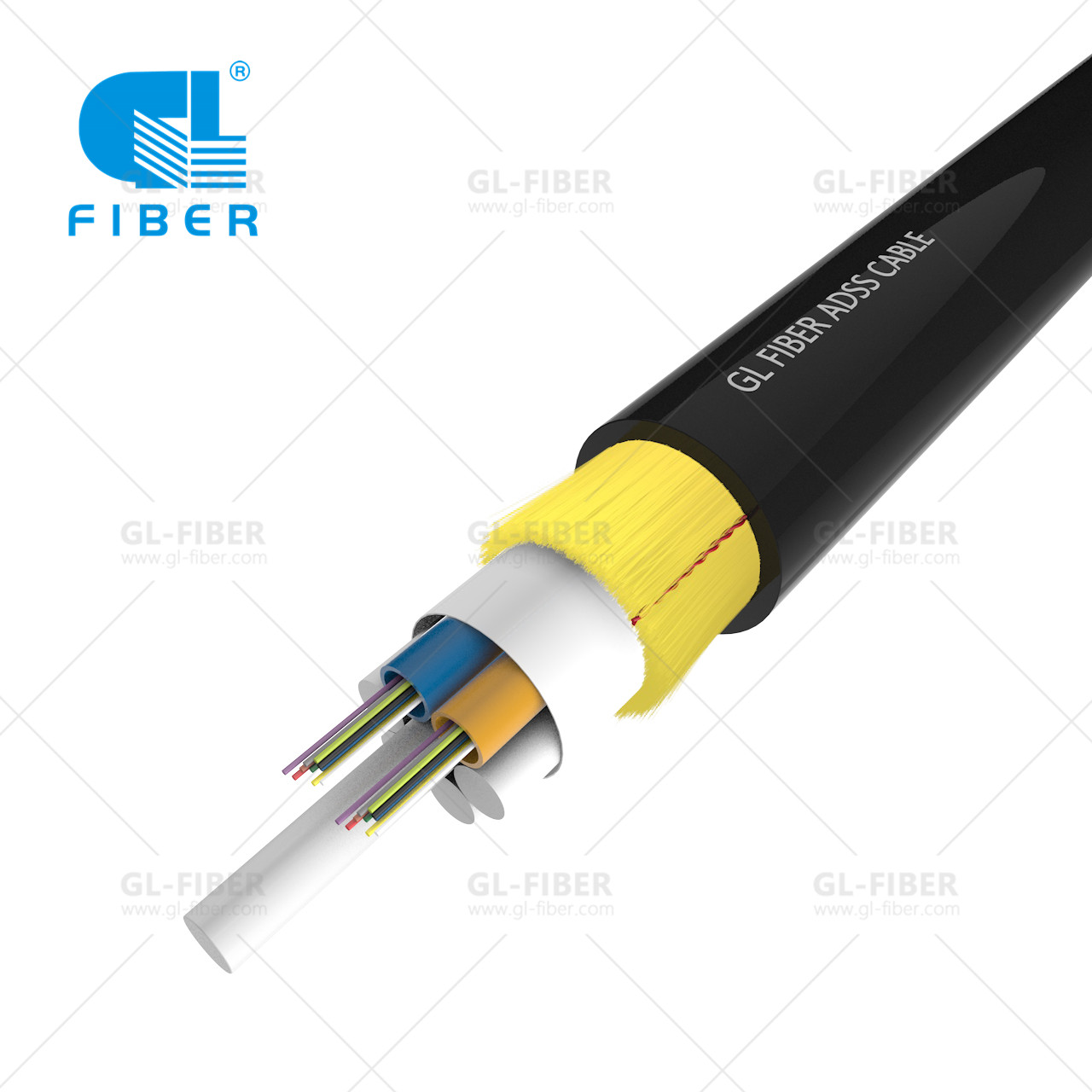
How to Properly Install ADSS Fiber Cable?
Telecommunications professionals know that the installation of ADSS (All-Dielectric Self-Supporting) fiber cable is a critical task. When done improperly, it can result in service disruptions, costly repairs, and even safety hazards. That's why it's essential to follow the proper installation pro...Read more -
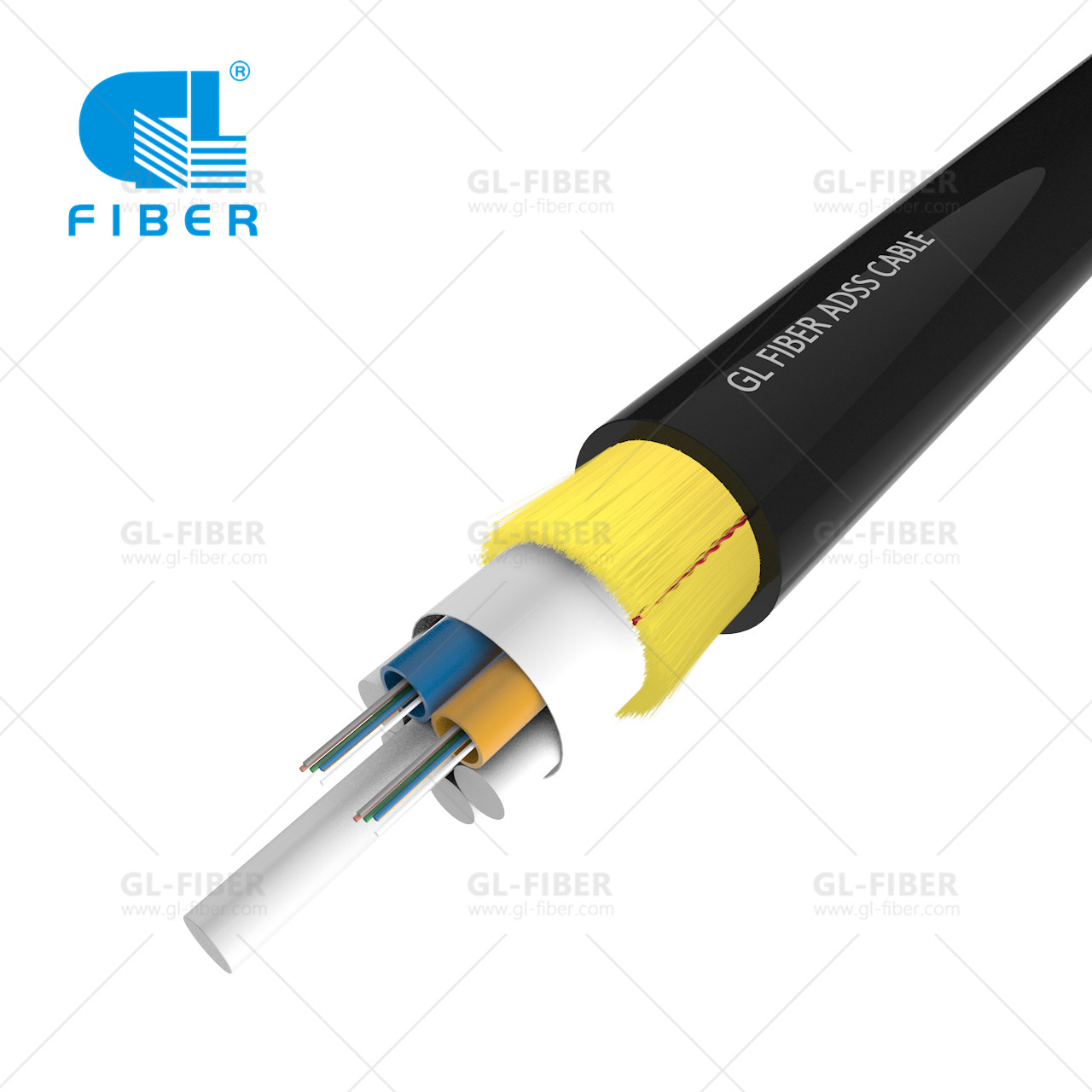
The Advantages and Disadvantages of ADSS Fiber Cable
ADSS fiber cables have become increasingly popular in the telecommunications industry due to their ability to transmit large amounts of data quickly and efficiently. However, like any technology, they come with their own set of advantages and disadvantages. Advantages: Light weight: ADSS cables ...Read more -
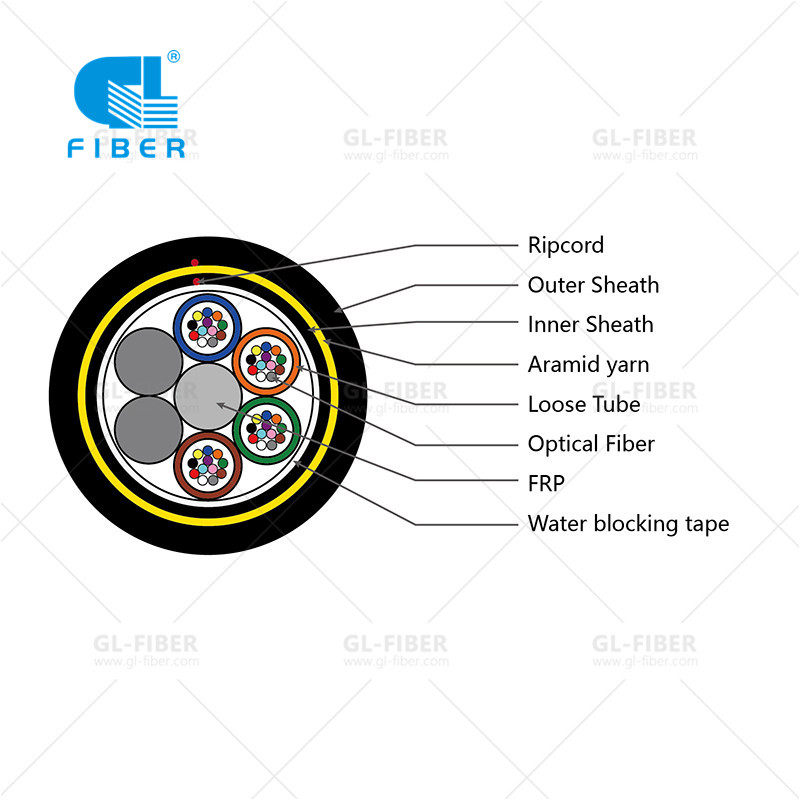
Experts Predict 48 Core ADSS Fiber Cable Will Revolutionize Telecommunications Industry
In a recent industry conference, experts discussed the potential impact of the new 48 Core ADSS fiber cable on the telecommunications industry. The cable is expected to revolutionize the way data is transmitted, enabling faster and more reliable connectivity for businesses and individuals alike. ...Read more
